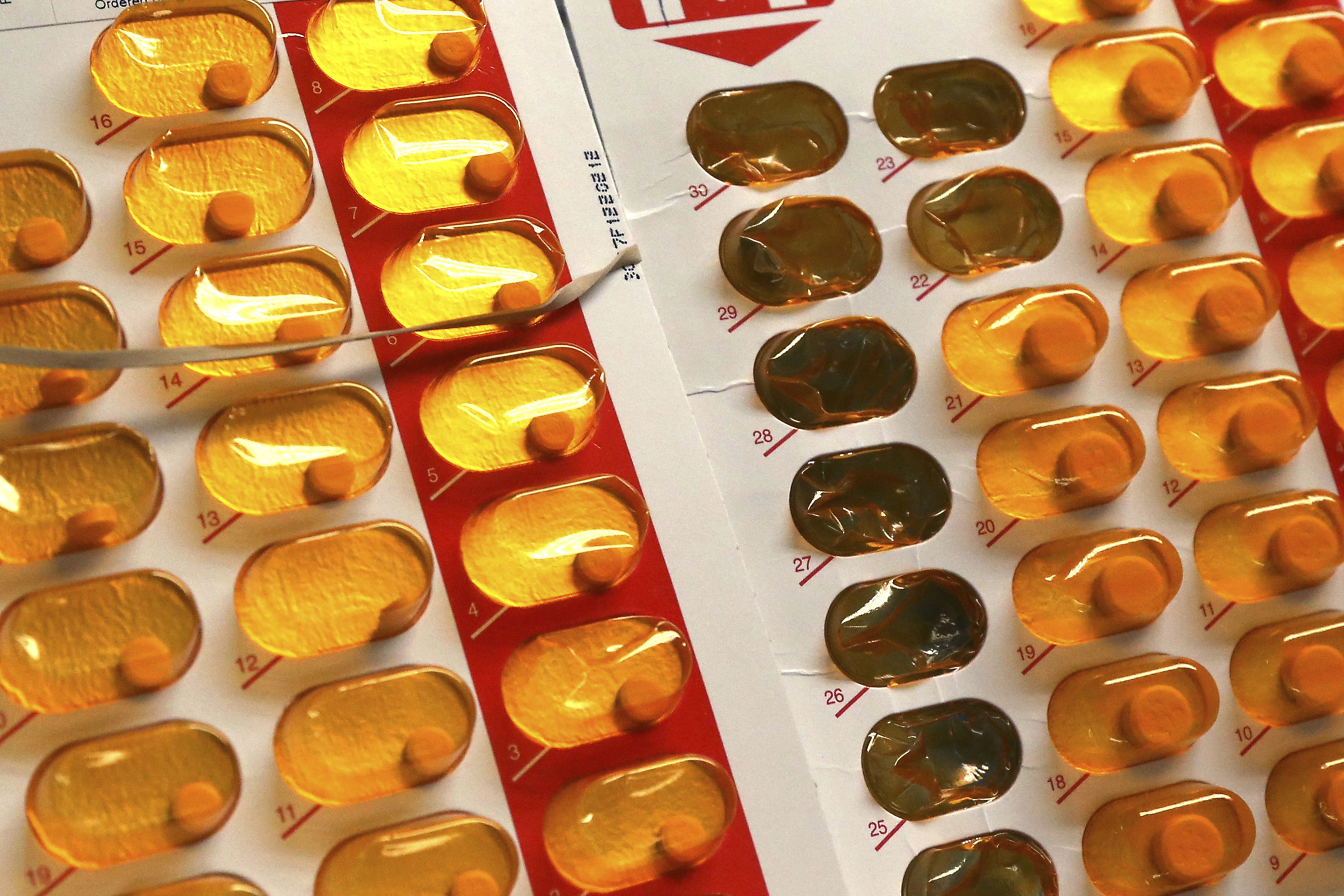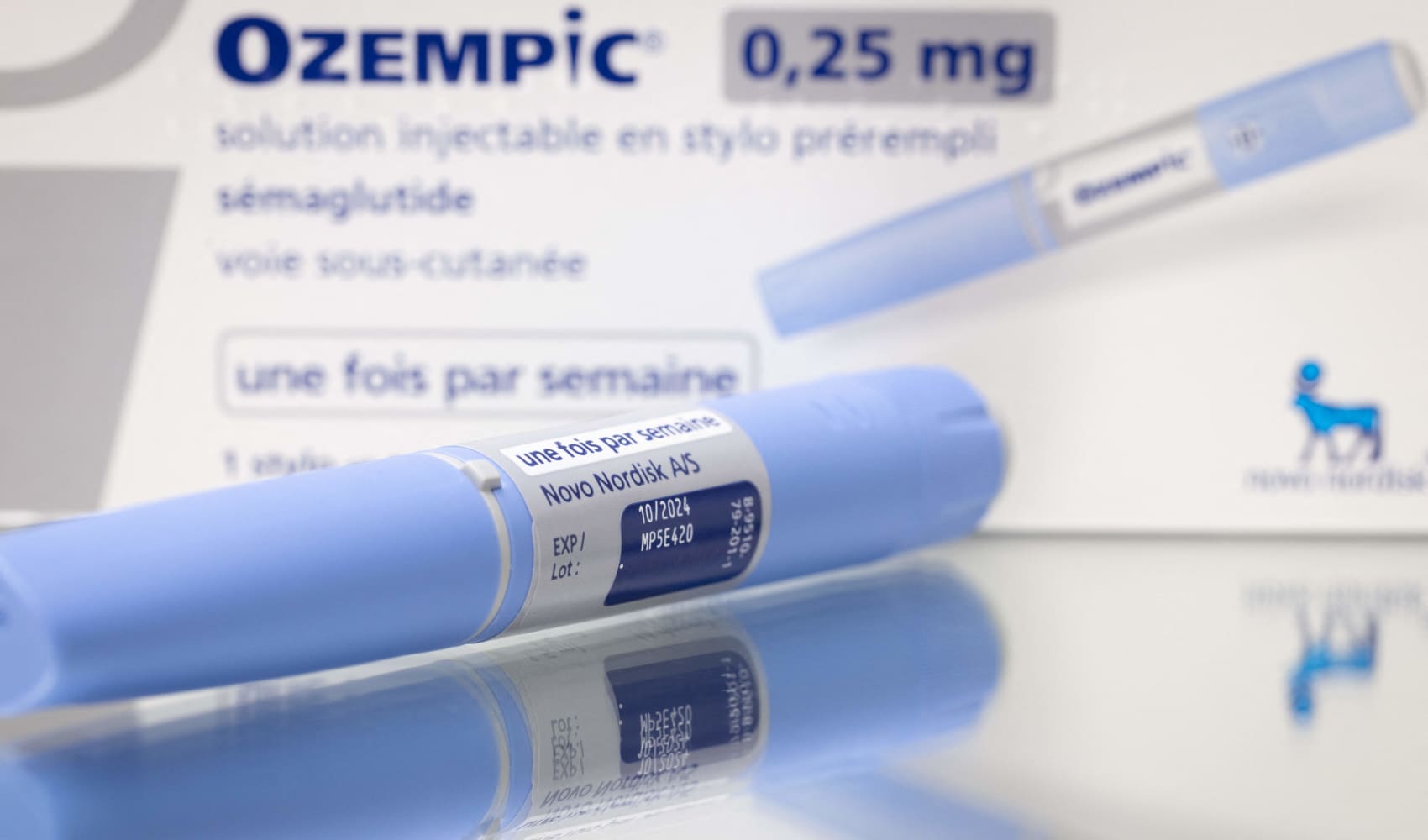Experiencing or witnessing a seizure can be frightening, particularly if the seizure occurs in a child. While it is critical to diagnose and apply the best approach to treating seizures, the impact of epilepsy on a child's life often goes beyond the seizures themselves.
According to the Epilepsy Foundation, about 300,000 children under the age of 14 are living with epilepsy in the United States. Doctors are now finding that many of these children may have learning and behavioral problems that go unrecognized, and that these problems do not necessarily go away when a child outgrows epilepsy.
Below, Doug Nordli, MD, the director of pediatric epilepsy at Children's Memorial Hospital in Chicago, discusses epilepsy in children—and how doctors, parents and teachers can improve life for children with epilepsy.
What is epilepsy?
Epilepsy is a medical condition where children are at risk for unprovoked or spontaneous seizures. It has many different causes and presentations and is one of the most common neurologic problems that we deal with in children.
At what age does epilepsy usually appear?
Risk is highest in the first year of life; about 150 children per 100,000 develop epilepsy in the first year of life. It decreases to an average of about 53 per 100,000 if you consider all of childhood. Levels drop further in adulthood, to around 10 or 20 per 100,000. The curve takes off again above age 75.
If a child has a single seizure, does that mean that they have epilepsy?
No, a single seizure doesn't mean a child has epilepsy. Some seizures are provoked, such as a seizure that occurs in the context of fever. In that case, the event is referred to as a febrile seizure, and it's not epilepsy. About 42 percent of children who have a single, unprovoked seizure will have recurrent seizures in the following years. So if a child has recurrent, unprovoked seizures are they considered to have epilepsy.
How is epilepsy diagnosed in children?
The initial evaluation is usually done in the emergency room, though some people are able to get a doctor's appointment urgently that same day. The most important thing is that the parents or whoever witnessed the seizure give a detailed description of the event. Mostly, the diagnosis is done with a careful history and physical exam. We would ask if the child has been developing normally, and then if anyone else in the family has suffered from seizures. If a child had a previous history of neurologic damage, which puts them at higher risk for epilepsy. If their seizure occurred at nighttime, that would also put them at higher risk.
Health
The aim is to determine, first, whether the seizure was acutely provoked or unprovoked. If it was provoked, it could be related to head trauma, fever, dehydration, diarrhea leading to electrolyte changes, ingestion of a foreign substance, or an infection in the nervous system.
If it was unprovoked, we want to determine what type of a seizure it was. Unprovoked seizures could occur when there's no clear cause, or the seizure could be caused by something. Underlying reasons include a malformation or an area of damage in the brain. In those cases, it's much more likely that the child would have a recurrent seizure.
We sometimes perform an EEG, which is a brain wave test. On the EEG, the features that we look for are called sharps or spikes. Those are sudden disturbances in the brain-wave activity that indicate a susceptibility to recurrent seizures.
When do you treat children with epilepsy?
Today, we are very reluctant to treat a child with medication after their first seizure because many seizures may not recur and we think that, in certain circumstances, the side effects of treatment could be worse than the disease. In other words, the chance of an adverse side effect might be as high as the chance of a recurrent seizure.
How do you treat epilepsy in children?
We're making improvements in the treatment of epilepsy in children, but more studies need to be done to best understand how to select an anticonvulsant for a particular child's epilepsy. We can choose from a number of anticonvulsant drugs to treat children with epilepsy. So when we select a drug, we closely follow the child to see what effect it provides and, if it's not appropriate or doesn't seem to be working well enough, we change medications. Many of the drugs that we use are not formally approved by the Food and Drug Administration for use in children. Recently, the American Academy of Neurology concluded that there was sufficient data in children to justify recommending some of the newer anti-epilepsy drugs for certain forms of epilepsy in children. But a lot of the children's studies are still pending.
With certain types of seizures it is sometimes possible to correct structural problems with surgery if they don't involve important regions of the brain. But generally speaking, we suggest those patients try medications first.
Can children have different reactions to the medications than adults?
We have learned that certain drugs that are safe in adults can sometimes cause problems in children. Children can develop liver damage, allergic reactions and behavioral reactions. For example, a medication that would just sedate an adult, like phenobarbital, can make a child very hyperactive.
I think the most important difference has been understudied, and that's the cognitive, or mental, side effects of the antiepileptic drugs in children. A review published in Neurology in 2004 concluded that there is evidence that the older drugs and, in particular, phenobarbital, can have a negative effect on cognitive function. In the case of phenobarbital, some of the most dramatic effects affect attention. Decreases in IQ have also been noticed. The Neurology study also said that there have been virtually no systematic studies of cognitive function performed with the new drugs. Most of us who work with the newer medications feel that they appear to have fewer side effects, but we need solid data.
What role can diet play in the treatment of epilepsy in children?
For children with certain types of epilepsy, the ketogenic diet can be totally life changing. The ketogenic diet is a high-fat, low-protein, low-carbohydrate diet. On this diet you your body burns ketone bodies as fuel, which are the breakdown products of fat, rather than glucose, which are the breakdown products of carbohydrates. Ketone bodies are a much more efficient fuel, so it's theorized that the brain goes into a higher energy state and can resist having seizures. The diet can have adverse health consequences, so it needs to be carefully monitored by a registered dietitian, particularly someone who has had experience with the ketogenic diet.
It is most useful in patients with myoclonic forms of epilepsy, meaning their epilepsy is characterized by these lightning-fast jerks.
How is children's quality of life affected by epilepsy?
I think that we spend a lot of time focusing on the seizures, which are alarming to parents and physicians alike, but we inadvertently give short-shrift the other issues like cognition, attention, behavior and socialization, which can make the biggest difference in a child's long-term outcome. We need studies that go beyond seizure control and look at the effect on the quality of life of the child.
In pediatrics, the major issue is what impact epilepsy is having on the child's education. I came up with a mnemonic for school-related problems, the ABCs. The A stands for attention. Sometimes, the underlying dysfunction in the brain that cause the seizures also set the stage for an attention problem. For example, a frontal lobe lesion might produce a seizure, and your frontal lobes are very important in helping you stay on task and keep you free from distractions. B is for behavioral issues, which could also be due to an inherent problem or to a side effect of the medications. For example, a child with epilepsy may be impulsive. They might do things that are perceived as antisocial because they don't seem to pick up on the same social cues. The C is for cognition. And D stands could be a learning disability, which is common in children with epilepsy. Learning disabilities need to be attended to separately, and they are not going to go away when seizures stop. D also stands for depression, which needs more study in children with epilepsy.
How can schools and health care professionals work together to improve a child's experience?
As part of a routine questionnaire that give my patients, I ask whether they have had any special educational interventions. Such an intervention is called an IEP, or Individualized Education Plan. If a child is perceived as being substantially behind their peers, federal law mandates that they are entitled to an IEP.
At the IEP, the school gives the child a variety of detailed tests and makes educational recommendations. What is generally lacking is any medical component, so we crafted a position here at Children's Memorial called an educational specialist. This person attends the IEP and shares the medical recommendations. They explain what kind of seizures the child has; what medicine they are on; what impact that has had on their cognition; what our psychiatrist thinks about their behavior and so forth. What the creation of this position has done is bridge a gap between the medical community and the educational community, which are two really important professional bodies that are interacting with these children, but, oddly enough, have almost no communication.
What is your advice to parents of children with epilepsy?
The overall perspective I'd like to leave is to be optimistic. There are very good reasons to be. In the vast majority of cases, the epilepsy will go into remission, and it will just be a bad memory of things in the past. Most children will outgrow epilepsy within two to five years of diagnosis. We also have to be careful about how we treat the child and balance the risks of treatment against the potential for benefit, but, with newer medications, there are a lot more choices available to us.
I think the other point I would like to make is not to push these other issues, such cognitive and behavioral issues, under the carpet. Most children won't have any other concurrent issues, but if there is a concern about someone's performance at school, I'd rather see it addressed and get a handle on it and try to get moving forward.



